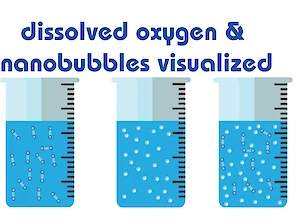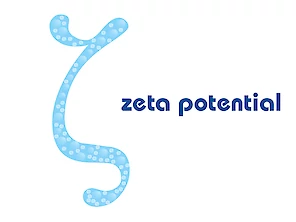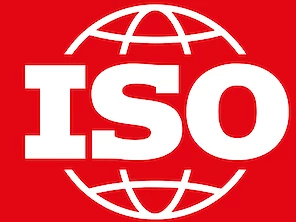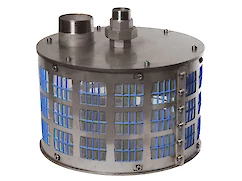Published: Friday, 15 December 2023
Modified: Wednesday, 27 December 2023
Ozone sensor and dissolved matter detector CX-100II
Introduction
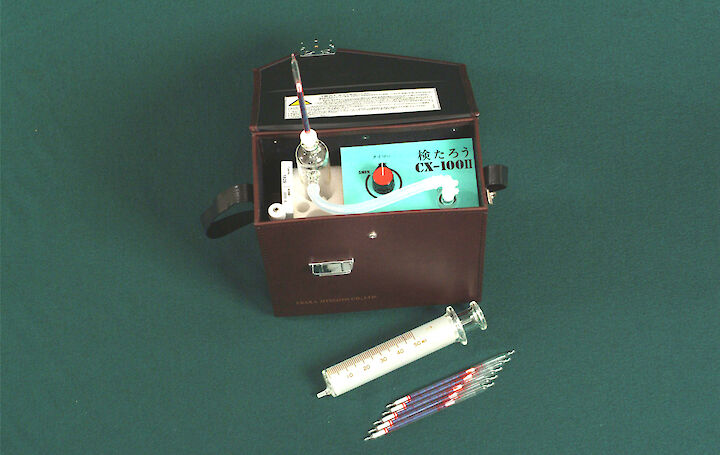
Dissolved gases measuring systems are devices used to measure the concentration of gases such as oxygen and ozone dissolved in water. These systems typically employ sensors or probes specifically designed to detect and quantify dissolved gas levels. They can be used in various applications such as water treatment, industrial processes, and environmental monitoring.
Conventional and common dissolved gas and minor components measuring systems often utilize electrochemical sensors or ultraviolet (UV) absorption techniques to determine the concentration of gases such as ozone in water. However, these measuring methods are expensive and complicated due to coexisting miscellaneous components.
Newly developed CX-100-II is a groundbreaking solution in the field of water quality analysis, specifically designed to provide quick and accurate measurements of gases and minor components dissolved in water. The key innovation lies in its utilization of the Vapor–liquid separator method, which distinguishes it from traditional measurement techniques.
CX-100-II Workflow
The conventional approaches involved comparing the color changes in the sample water by introducing reagents, but they were often intricate due to the presence of various coexisting components. In contrast, the CX-100-II's Vapor–liquid separator method simplifies the process by expelling ozone and other gases from the sample water and directing it through a detector tube (figure 1). This innovative method overcomes challenges associated with the equilibrium time required for measurements, concentration fluctuations due to temperature changes, and errors arising from pressure imbalances.
Application of CX-100-II as Dissolved Ozone detector
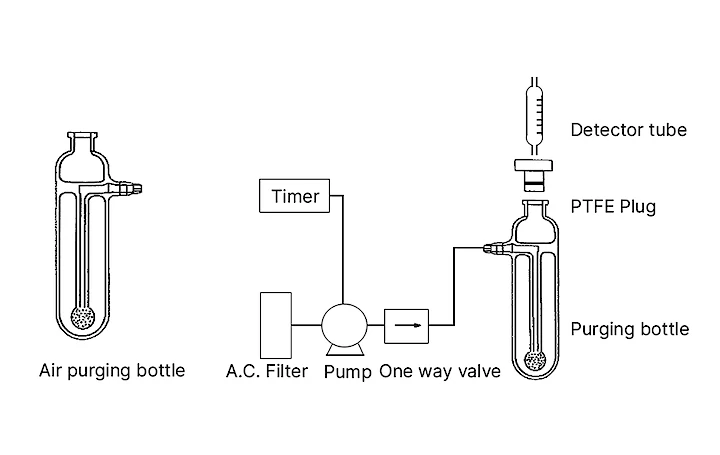
Ozone is often used in water treatment processes as a disinfectant to remove bacteria, viruses, and other contaminants. These detector systems help ensure that the right amount of ozone is being used and that the water is safe for its intended purpose.
Ozone detector systems are crucial for maintaining water quality standards and ensuring the safety of treated water. They are commonly used in applications such as drinking water treatment, wastewater treatment, swimming pools, and industrial processes involving water treatment.
CX-100-II truly shines is in the measurement of dissolved ozone. As mentioned above, conventional methods employed chemical analysis or ultraviolet ray absorption, which were intricate, costly, and often hindered by interferences. In comparison, the CX-100-II's Vapor–liquid separator method swiftly and effectively purges dissolved ozone from sample water, allowing for accurate measurements within a remarkably short timeframe. By streamlining the measurement process and reducing the impact of interfering factors, the device proves to be highly reliable for on-site measurements, aligning perfectly with the goal of field applications.
Advantages of CX-100-II
- The CX-100-II uses innovative measurement techniques and vaporization-based approach to resist interferences and measure only relevant components.
- It can detect minute sample quantities, making it versatile for small sample volumes (10-50 ml) of water.
- Can measure heavily polluted water beyond specified concentrations, adapting to various scenarios and providing reference for easier measurements.
- Field tests show its effectiveness and convenience, especially for dissolved ozone measurements, outperforming more complex and expensive analyzers.
Conclusion
CX-100-II represents a significant advancement in water quality analysis. Its innovative Vapor–liquid separator method, coupled with its resistance to interferences, temperature fluctuations, and sensitivity to small sample quantities, positions it as a reliable and efficient solution for on-site measurements. Its user-friendly operation and robust performance in field measurements underscore its suitability for various applications, making it a valuable tool in the realm of water component analysis.
